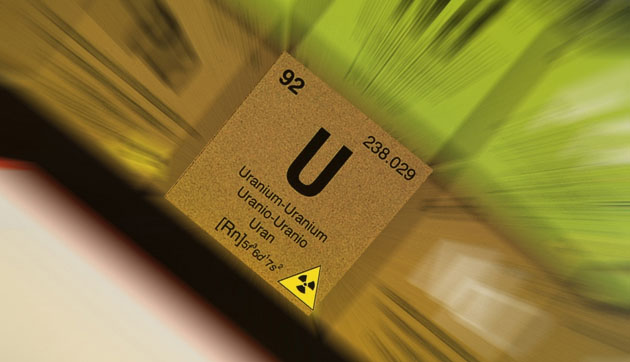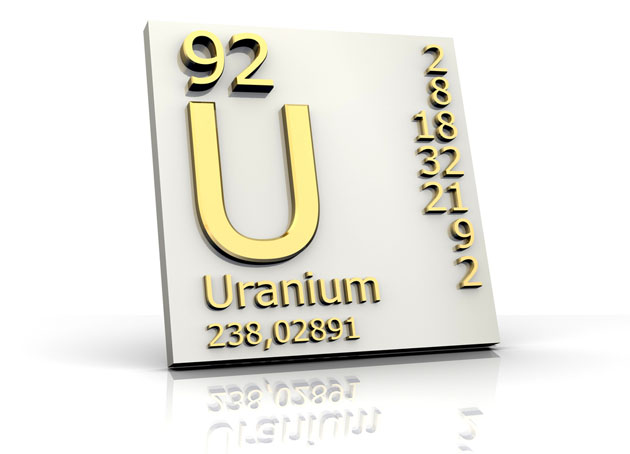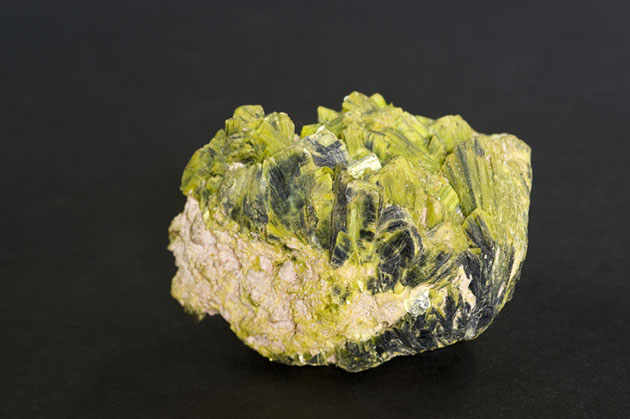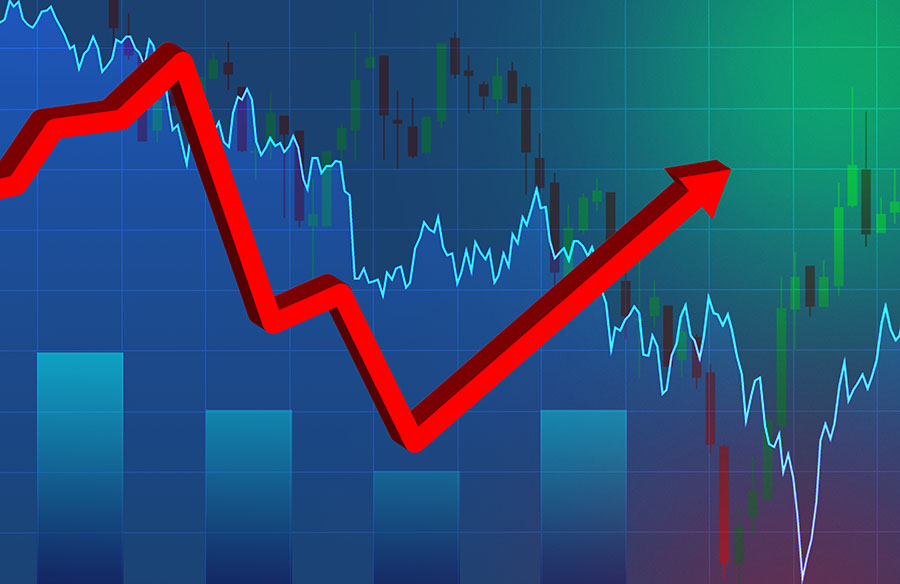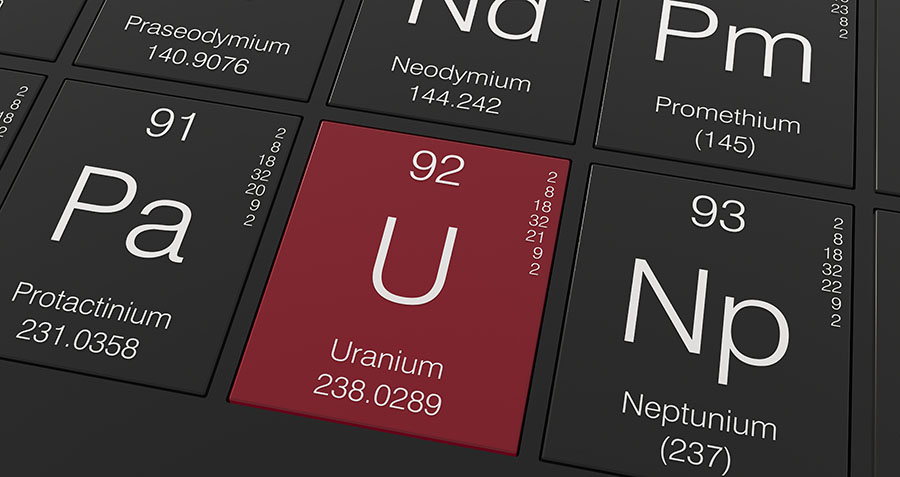 The prices for many commodities suffered the worst week in recent memory last week. Oil prices dipped below $100 per barrel, gold fell below $1,500 an ounce and silver gave back much of the past month's gains by falling to the $35 an ounce level. The prices for other commodities such as sugar, tin, nickel, aluminum, lead and copper also pulled back.
The prices for many commodities suffered the worst week in recent memory last week. Oil prices dipped below $100 per barrel, gold fell below $1,500 an ounce and silver gave back much of the past month's gains by falling to the $35 an ounce level. The prices for other commodities such as sugar, tin, nickel, aluminum, lead and copper also pulled back.Immediately, headlines on websites such as MarketWatch, Bloomberg and SmartMoney read "Has the Commodity Bubble Popped?" and "Imploding Commodities Complex."
Is this the end? Has the great bull run for commodities come to an end?
In our opinion, not likely.
First of all, we wrote on April 24 that commodity prices were due for a pullback (Read: Don't Fear a Pullback in Prices). Specifically, we pointed out that silver had wandered into "extreme" territory, which exacerbated the reversal we saw this week.
On May 3 (before we saw the largest declines), BCA Research wrote, "One look at the hyperbolic rise in silver prices should be sufficient to convince even a hardcore commodity bull that things are getting frothy."
In fact, the silver trade had gotten so far ahead of itself, the iShares Silver Trust ETF was "the most highly traded security on the planet," according to our friend Tom Lydon over at ETF Trends. Last week's selloff was less of an end to the bull market and more a function of "stampeding speculators" (to borrow a line from Sarah Turner at MarketWatch) rushing for the exits.
But short-term speculators aren't the only factor; last week's strength in the U.S. dollar was just as much a facilitator of the price declines. The U.S. dollar found additional strength on Thursday after Jean-Claude Trichet, president of the European Central Bank (ECB), said the ECB would not raise rates until after June. By week's end, the U.S. dollar was up 2.5 percent for the week, a pretty big move.
In addition, we entered the month of May, which has historically proven to be a weak and volatile period for commodities. With the Federal Reserve set to wind down its quantitative easing (QE2) program by the end of next month, it's possible we could continue to see volatility for a little while.
Despite the selloff, commodities were still the year's top performing asset class as of Thursday. You can see from the chart that the year-to-date return for commodities has far outpaced the return for foreign exchange, bonds and emerging markets.

Looking out on the horizon, very little has changed for the long-term bull case for commodities. The U.S. is still struggling to come up with a feasible solution to its multi-trillion dollar debt problem. Emerging markets are still seeing incremental increases in demand for nearly all commodities. And, the reserves for many commodities are still struggling to keep pace with this demand.
Essentially, what happened last week was more of a "technical correction" than a fundamental shift in the long-term dynamics for commodities and we've already begun this week with big gains for silver and crude oil prices.
The party's not over for commodities, so don't turn out the lights just yet. While it's impossible to predict the future, we think in a month or two investors may look back and see this downdraft as a good buying opportunity.
Frank Holmes
CEO and CIO
U.S. Global Investors
For more updates on global investing from Frank and the rest of the U.S. Global Investors team, follow us on Twitter at www.twitter.com/USFunds or like us on Facebook at www.facebook.com/USFunds. You can also watch exclusive videos on what our research overseas has turned up on our YouTube channel at www.youtube.com/USFunds.
U.S. Global Investors, Inc. is an investment management firm specializing in gold, natural resources, emerging markets and global infrastructure opportunities around the world. The company, headquartered in San Antonio, Texas, manages 13 no-load mutual funds in the U.S. Global Investors fund family, as well as funds for international clients.
None of U.S. Global Investors family of funds held any of the securities mentioned in this article as of March 31, 2011.
The Deutsche Bank Liquid Commodities Index (DBLCI) tracks six commodities, rolling positions in crude oil and heating oil monthly, and in gold, aluminum, corn and wheat once per year.
The Deutsche Bank Currency Return Index (DBCR) is a foreign exchange index that is designed to capture the long0term systemic returns in currency markets. The DBCR replicated the three most widely employed FX strategies–carry, momentum and valuation.
The DBIQ Global Sovereign suite of indices offers coverage of both the fixed coupon and inflation linked government bond markets. The creation of the DBIQ Global Inflation-Linked Sovereign reflects the growing importance of the inflation-linked market. The suite covers 21 countries with an inception date of 31-Dec-97. The objective of producing a highly liquid and replicable index has been achieved by defining strict and transparent index rules with high liquidity requirements resulting in only the most actively traded debt of each country being captured. Global IG Sovereign reflects the returns of the Global Developed Country Fixed Coupon Government bond market.
Barclays Capital Municipal Bond Index A broad-based, total return index. The Index is comprised of 8,000 actual bonds. The bonds are all investment-grade, fixed-rate, long-term maturities (greater than two years) and are selected from issues larger than $50 million dated since January 1984. Bonds are added to the Index and weighted and updated monthly, with a one-month lag.
The MSCI AC (All Country) Asia ex Japan Index is a free float-adjusted market capitalization weighted index that is designed to measure the equity market performance of Asia, excluding Japan. The MSCI AC Asia ex Japan Index consists of the following 10 developed and emerging market country indices: China, Hong Kong, India, Indonesia, Korea, Malaysia, Philippines, Singapore, Taiwan and Thailand.



